Powerful conservation tech tools are gathering more data in the field than ever before. But without equally powerful and effective data management and processing tools, that data - no matter how groundbreaking or interesting - will not be able to reach its full potential for impact.
Data management can sometimes seem intimidating to conservationists, especially those just getting started in the world of conservation tech or experimenting with new data collection methods. While every community member's workflow and preferred data management and processing methods may be different, this group can serve as a resource to explore what works for others, share your own advice, and develop new strategies together.
Below are a few WILDLABS events dealing with datasets collected from various conservation tech tools:
Nicole Flores: How do I get started with Wildlife Insights?
Jamie Macaulay: How do I analyse large acoustic datasets using PAMGuard?
Sarah Davidson: Tools for Bio-logging Data in Conservation
Whatever conservation tech tools you work with, and whatever your preferred data management methods, we hope you'll find something helpful and effective in this group when you become a member!
I am the project coordinator of the Wildlife Forensic Fund. We help combat wildlife crime by funding the training of first responders to preserve evidence and take them to court successfully. We are eager to connect with wildlife forensics enthusiasts.
- 3 Resources
- 0 Discussions
- 4 Groups
Clemson University
- 0 Resources
- 0 Discussions
- 7 Groups
- @WyattB
- | He / him / his
Data science and ML specialist
- 0 Resources
- 2 Discussions
- 7 Groups
- @cristiar.samosir
- | She/Her
Just a woman passionate in conservation practices
- 0 Resources
- 0 Discussions
- 3 Groups
I am a biology undergraduate student who is interested in the field of wildlife conservation and has skills in field observation and identification
- 0 Resources
- 0 Discussions
- 12 Groups
I'm a young agronomist/expert in the planning and management of protected areas at the start of my career in the conservation of terrestrial flora and fauna. I have good experience in plant management and production. My passion for biodiversity conservation has led me to acquire
- 0 Resources
- 0 Discussions
- 3 Groups
- 0 Resources
- 0 Discussions
- 6 Groups
WildData Annotation Lab
- 0 Resources
- 0 Discussions
- 6 Groups
- @CatherineJardine
- | She/Her
Birds Canada Data Science and Technology Team. Primarily working on Motus and NatureCounts.

- 0 Resources
- 3 Discussions
- 6 Groups
- @kbubnicki
- | he/his
Ecologist, data scientist, and programmer with over 13 years of professional experience. Open source and Linux enthusiast. Researcher at the Mammal Research Institute, Polish Academy of Sciences, and CEO of the Open Science Conservation Fund.

- 0 Resources
- 4 Discussions
- 5 Groups
- @bissembert
- | he/him
ReEarth AI
Tech guy, Ethicist, Vitalist and Wanderer


- 0 Resources
- 7 Discussions
- 6 Groups
- @AudreyLooby
- | she/her
University of Victoria
I am Banting postdoctoral fellow at the University of Victoria, focusing on coastal soundscape ecology and underwater noise pollution. I am also one of the co-leads of FishSounds.net.


- 1 Resources
- 5 Discussions
- 5 Groups
Tom Swinfield and colleagues at the Forest Ecology and Conservation Group have assessed the quality of three dimensional forest models produced from drone surveys, and conclude that concerns about their quality for...
31 May 2019
Ted Schmitt joined us for a lunchtime lecture in which he shared his experiences working across Africa the past five years with protected area managers, anti-trafficking organisations, and scientists to effectively...
22 November 2018
Funding
The European Space Agency is calling for Kick-Start ideas to leverage space technology for wildlife protection. Three main topics of interest have been identified: 1) Wildlife monitoring, tracking and inventory, 2)...
5 July 2017
The Conservation Leadership Programme (CLP) is a training and capacity building programme that targets individuals from developing countries who are early in their conservation career and demonstrate leadership...
21 November 2016
Do you work on conserving Neotropical migratory birds? Do you need funding? Why not apply for a grant from the U.S. Fish and Wildlife Service through the Neotropical Migratory Bird Conservation Act's grant program? The...
8 November 2016
Operating the largest tropical forest camera trap network globally, TEAM Network has accumulated over 2.6 million images. How can large datasets coupled with new techniques for data management and analysis provide...
28 April 2016
From artificial “sniffer” technologies to portable DNA sequencers, the Wildlife Crime Tech Challenge received hundreds of innovative ideas to help stamp out wildlife crime. Now, the Challenge is proud to announce 16...
22 January 2016
Dr. Lucas Joppa, Scientist at Microsoft Research, considers the evolving impact of data in conservation and society. He examines the difference between ‘big data’ and ‘small data’, and explores how models such as the...
22 December 2015
John Amos, President of SkyTruth, explores how remote sensing is being used in conservation today and the importance of sky-truthing. He examines the role that citizen scientists can play in increasing transparency in...
21 December 2015
The speed at which data travels from the point of collection to a format which is understandable and useful for decision makers can be of critical importance. In this case study, Tim Wilkinson discusses a powerful suite...
6 November 2015
June 2025
event
event
event
October 2025
event
event
November 2025
November 2024
event
event
October 2024
85 Products
Recently updated products
| Description | Activity | Replies | Groups | Updated |
|---|---|---|---|---|
| Hi everyone,We all know camera traps are great at telling us what species showed up, where and when—and sometimes even ... |
|
Camera Traps, Data management and processing tools | 20 minutes 39 seconds ago | |
| The European project Nature FIRST is hosting its final conference at Ouwehands Dierenpark in the Netherlands on 25–26 June 2025,... |
|
Community Base, Conservation Tech Training and Education, Data management and processing tools, Earth Observation 101 Community, Emerging Tech, Human-Wildlife Conflict, Protected Area Management Tools, Wildlife Crime | 7 hours 47 minutes ago | |
| Lively and informative discussion, I would very much like to contribute if there is some active development work with regards to this. I have recent experience with using... |
+31
|
Data management and processing tools, Camera Traps, Software Development | 5 days 11 hours ago | |
| We are please to inform that we have implemented the point 1 and 4 and with this have finalized the project. The latest improvements:Improvement in findability of help... |
|
Animal Movement, Data management and processing tools, Software Development | 6 days 10 hours ago | |
| My name is Frank Short and I am a PhD Candidate at Boston University in Biological Anthropology. I am currently doing fieldwork in Indonesia using machine-learning powered passive... |
|
Acoustics, AI for Conservation, Animal Movement, Data management and processing tools, Early Career, Emerging Tech, Ethics of Conservation Tech, Protected Area Management Tools, Software Development | 2 weeks ago | |
| Interesting. Thanks for the explanation. Nice to hear your passion showing through. |
|
AI for Conservation, Camera Traps, Data management and processing tools, Open Source Solutions, Software Development | 3 weeks 3 days ago | |
| 📸 Do you use camera traps in your work? Take part in our survey!Hi everyone! I’m currently a final-year engineering... |
|
Camera Traps, AI for Conservation, Data management and processing tools, Open Source Solutions, Software Development | 3 weeks 3 days ago | |
| Although the core of the BoutScout project focuses on developing multi-sensor dataloggers for automated nest monitoring, a... |
|
Data management and processing tools, Latin America Community | 4 weeks 1 day ago | |
| 15 years ago I had to rebuild the dams on a game reserve I was managing due to flood damage and neglect. How I wished there was an easier,... |
|
Drones, Conservation Tech Training and Education, Data management and processing tools, Emerging Tech, Geospatial, Open Source Solutions | 1 month 1 week ago | |
| Hello everyone,Thank you all for your contribution!You can read some updates about this project in this post.Julia |
|
Acoustics, Community Base, Data management and processing tools, Open Source Solutions | 1 month 2 weeks ago | |
| Yep see you on friday |
+3
|
Geospatial, Acoustics, AI for Conservation, Camera Traps, Citizen Science, Community Base, Data management and processing tools, Emerging Tech, Open Source Solutions, Protected Area Management Tools | 1 month 3 weeks ago | |
| Yep we are working on it 1/ segment 2/remote unwanted ecosytem3/get local potential habitat4/generate5/add to picture |
|
Geospatial, AI for Conservation, Data management and processing tools, Open Source Solutions, Software Development | 1 month 3 weeks ago |
SURAKHSYA Portal for Human-Elephant Conflict - any updates?
25 March 2024 11:15am
25 March 2024 12:17pm
I think that my system is likely the closest thing you will find in terms of production ready and potential to scale as it once was a commercial system with complete over the air updates more than 10 years ago. It’s been in use by many people for more than 10 years and has used AI triggering since 2019. I’m pretty sure no other system can claim that.
So I have the system but you got me on the scalability because to do that you need funding. I don’t have the funding. If I had the funding I’d be doing it full time. But I’ve said enough now. So I’ll leave it at that.
25 March 2024 12:26pm
This thread is off-topic in this conversation, so happy to continue it in the other one. However, just noting - your system is one example, but not the only one - there are certainly other early warning systems in varying stages of development, testing and roll out, and using different levels of technology (ai or otherwise).
The Variety Hour: 2024 Lineup
22 March 2024 4:30pm
Catch up with The Variety Hour: March 2024
21 March 2024 7:39pm
21 March 2024 9:48pm
30 March 2024 3:08pm
31 March 2024 12:43pm
Leveraging Actuarial Skills for Conservation Impact
15 March 2024 12:31pm
19 March 2024 6:35pm
Thank you for your response Akiba. I will have a look. 👏🏻
19 March 2024 7:52pm
I would look into the TNFD (Taskforce on Nature-Related Disclosures), Finance for Biodiversity, Accounting for Nature, etc. which are all focusing on how to incorporate nature risk into corporate reporting and sustainability frameworks!
20 March 2024 3:48pm
Thank you Carly, I will definitely take a look.
SMART Global Congress 2024: A quick summary
19 March 2024 6:42pm
Data Manager and Technology Coordinator, ABC Global Climate Center
15 March 2024 5:01pm
The Freshwater Sounds Archive
15 March 2024 10:32am
movedesign: Shiny R app to evaluate sampling design for animal movement studies
13 March 2024 3:10pm
Biodiversity Informatics Innovations using MindMaps
13 March 2024 6:32am
Navigating corporate due diligence in the Voluntary Carbon Market
8 March 2024 4:36pm
26 March 2024 2:11pm
27 March 2024 10:56am
29 March 2024 9:13am
Here's what you missed at World Wildlife Day 2024
7 March 2024 9:02pm
15 March 2024 2:42pm
Machine Learning Postdoc Position, Understory
29 February 2024 11:56pm
Data data everywhere, but not a byte to use!
29 February 2024 7:13am
Calculating Wingbeat Frequency From Accelerometer Data
19 February 2024 9:07pm
27 February 2024 8:28pm
Great suggestion! Diving bird studies and their analyses are actually what has helped me get thus far with solving this problem. They happen to have done quite the same thing as I'm trying to do, just with more behaviors added. I believe the study was done with murres and kittiwakes.
Best,
Travis
27 February 2024 8:48pm
I'm very close to solving the problem. Just waiting for a function to run on a fairly large dataset to see the results. I will share the repository link with you when it gets accomplished!
The species I'm working with roost atop cave ceiling as also drop from there to get airborne!
Yes, they are triaxial (Technosmart) and body mounted right on their backs.
So far, I have created thresholds for different metrics derived from the accelerometer data. Essentially, I sectioned out a bunch of ACC data where I am positive flight is occurring, and did the exact same with roosting, and crawling around/scratching(activity while roosting). From there, I plotted the distribution of all the metrics to see which metrics have unique distributions that were significantly different than roosting/activity.
Using those distributions, I created thresholds for the important metrics in which all flight behavior was either above or below a certain value for that metric. This got me to being able to construct a decision tree based on these metrics which had pretty solid accuracy.
The downside is a small chunk of flight from the beginning and end of flight bouts are not being included in the behavior classification. I noticed that their wbf during those small chunk are indicative of flight and am going to try and add wbf as the last decision on the tree to improve the accuracy of it.
VeDBA is also being included and calculated and based on the values for the thresholds I have created for flight it should not matter how high their head is, rather how low it is, when x y and z thresholds are also met. If that makes sense.
Hope I answered most of your questions!
27 February 2024 8:59pm
Were you ever able to solve the problem? Interestingly enough, I begin a seal bio-logging study next year!
Also, you are correct. The errors were occurring during short bout flights as well as some spectral leakage, but I may have solved the problem by lower the window size. I've also corrected for the spectral leakage by creating a separate function that identifies any significant changes in calculated WBF that last < 2 seconds, then counts number of heave amplitudes within 1 second. I'm using an fft for the calculations and am just waiting for a function to run on a larger dataset to see if everything came out the way I am hoping for. Fingers crossed.
Best,
Travis
SMART Partnership Director
21 February 2024 4:32pm
Computer Vision for Ecology Workshop 2025 Call for Applications
12 February 2024 9:29pm
Post-doc possition - Field spanning movement ecology, ecology of fear, bio-logging science, behavioral ecology, and ecological statistics
10 February 2024 7:20am
Bio-Logging Science Symposium
9 February 2024 3:59pm
Southern African Wildlife Management Association Conference 2024
6 February 2024 12:20pm
Image analysis with volunteers
26 January 2024 6:30pm
27 January 2024 9:14am
I have a little experience with Timelapse and would say it is definetely worth the invested time.
The developer Saul Greenberg has made a ton of documentation on its use and is also very approachable in person, if you have any issues.
I can only highly recommend it.
27 January 2024 9:01pm
Thank you! This is encouraging. It's also nice to know that Saul is approachable for problem-solving issues.
Jupyter Notebook: Aquatic Computer Vision
25 January 2024 5:50am
26 January 2024 1:46pm
This is quite interesting. Would love to see if we could improve this code using custom models and alternative ways of processing the video stream.
27 January 2024 4:07am
This definitely seems like the community to do it. I was looking at the thread about wolf detection and it seems like people here are no strangers to image classification. A little overwhelming to be quite honest 😂
While it would be incredible to have a powerful model that was capable of auto-classifying everything right away and storing all the detected creatures & correlated sensor data straight into a database - I wonder if in remote cases where power (and therefore cpu bandwidth), data storage, and network connectivity is at a premium if it would be more valuable to just be able to highlight moments of interest for lab analysis later? OR if you do you have cellular connection, you could download just those moments of interest and not hours and hours of footage?
27 January 2024 6:11am
Am working on similar AI challenge at the moment. Hoping to translate my workflow to wolves in future if needed.
We all are little overstretched but it there is no pressing deadlines, it should be possible to explore building efficient model for object detection and looking at suitable hardware for running these model on the edge.
Analysis Methods for Localization with Networks of Fixed Radio Receivers
26 January 2024 2:36pm
Need advice - image management and tagging
12 January 2024 7:55pm
15 January 2024 8:47pm
Interesting, Iʻll give it a shot. Looks like this could save me some time.
Thanks for the explanation @wade!
24 January 2024 5:16pm
I have no familiarity with Lightroom, but the problem you describe seems like a pretty typical data storage and look up issue. This is the kind of problem that many software engineers deal with on a daily bases. In almost every circumstance this class of problem is solved using a database.
In fact, a potentially useful analysis is that the Lightroom database is not providing the feature set you need.
It seems likely that you are not looking for a software development project, and setting up you own DB would certainly require some effort, but if this is a serious issue for your work, you hope to scale your work up, or bring many other participants into your project, it might make sense to have an information system that better fits your needs.
There are many different databases out there optimized for different sorts of things. For this I might suggest taking a look at MongoDB with GridFS for a couple of reasons.
- It looks like you meta data is in JSON format. Many DBs are JSON compatible, but Mongo is JSON native. It is especially good at storing and retrieving JSON data. Its JSON search capabilities are excellent and easy to use. It looks like you could export your data directly from Lightroom into Mongo, so it might be pretty easy actually.
- Mongo with the GridFS package is an excellent repository for arbitrarily large image files.
- It is straightforward to make a Mongo database accessible via a website.
- They are open source (in a manner of speaking) and you can run it for free.
Disclaimer: I used to work for MongoDB. I don't anymore and I have no vested interest at all, but they make a great product that would really crush this whole class of problem.
25 January 2024 8:32am
Hi!
I would take a look at
Although developed for camera trap imagery, it is by no means restricted to such.
Cheers,
Lars
How are Outdoor Fire Detection Systems Adapted for Small Forest Areas, Considering the Predominance of Indoor Fire Detectors?
8 January 2024 4:27pm
22 January 2024 6:35pm
Fire detection is a sort of broad idea. Usually people detect the products of fire, and most often this is smoke.
Many home fire detectors in the US use a radioactive source and measure the absorption of the radiation by the air. More smoke means more absorption.
For outdoor fire detection, PM2.5 can be a very good smoke proxy, and outdoor PM2.5 sensing is pretty accessible.
This one is very popular in my area.
Classic - Air Quality Monitor | AQI PM2.5 Indoor/Outdoor Sensor – PurpleAir
The PurpleAir Classic air quality monitor is the original and popular PurpleAir sensor. It measures real-time PM2.5 concentrations for residential, commercial, or industrial use and can be installed indoors or outdoors. Built-in WiFi enables the air quality measurement device to transmit data to the real-time PurpleAir AQI Map, which is stored and made available to any smart device. The PA-II is available in two editions. The SD edition includes an onboard SD logger to record and store data without a WiFi connection. Please note: This sensor does not come with a power adaptor. Find a suitable OUTDOOR-rated adaptor here or use your own USB power source (any 5V, 1.2 to 2.4 amp adaptor will work).
Wildlife Conservation for "Dummies"
9 January 2024 10:02pm
10 January 2024 11:24pm
Maybe this is obvious, but maybe it's so obvious that you could easily forget to include this in your list of recommendations: encourage them to hang out here on WILDLABS! I say that in all seriousness: if you get some great responses here and compile them into a list, it would be easy to forget the fact that you came to WILDLABS to get those responses.
I get questions like this frequently, and my recommended entry points are always (1) attend the WILDLABS Variety Hour series, (2) lurk on WILDLABS.net, and (3) if they express a specific interest in AI, lurk on the AI for Conservation Slack.
I usually also recommend that folks visit the Work on Climate Slack and - if they live in a major city - to attend one of the in-person Work on Climate events. You'll see relatively little conservation talk there, but conservation tech is just a small subset of sustainability tech, and for a new person in the field, if they're interested in environmental sustainability, even if they're a bit more interested in conservation than in other aspects of sustainability, the sheer number of opportunities in non-conservation-related climate tech may help them get their hands dirty more quickly than in conservation specifically, especially if they're looking to make a full-time career transition. But of course, I'd rather have everyone working on conservation!
13 January 2024 3:14am
Some good overview papers I'd recommend include:
- Besson, M., Alison, J., Bjerge, K., Gorochowski, T. E., Høye, T. T., Jucker, T., ... & Clements, C. F. (2022). Towards the fully automated monitoring of ecological communities. Ecology Letters, 25(12), 2753-2775.
- Speaker, T., O'Donnell, S., Wittemyer, G., Bruyere, B., Loucks, C., Dancer, A., ... & Solomon, J. (2022). A global community‐sourced assessment of the state of conservation technology. Conservation Biology, 36(3), e13871.
- WILDLABS-led research! Led by @TaliaSpeaker and @StephODonnell
- Lahoz-Monfort, J. J., & Magrath, M. J. (2021). A comprehensive overview of technologies for species and habitat monitoring and conservation. BioScience, 71(10), 1038-1062.
- Tuia, D., Kellenberger, B., Beery, S., Costelloe, B. R., Zuffi, S., Risse, B., ... & Berger-Wolf, T. (2022). Perspectives in machine learning for wildlife conservation. Nature communications, 13(1), 792.
- Stowell, D. (2022). Computational bioacoustics with deep learning: a review and roadmap. PeerJ, 10, e13152.
- I'm biased towards bioacoustics because that's what I focus on, but this regardless this is an excellent horizon scan of AI/ML for conservation and acoustics!
- Borowiec, M. L., Dikow, R. B., Frandsen, P. B., McKeeken, A., Valentini, G., & White, A. E. (2022). Deep learning as a tool for ecology and evolution. Methods in Ecology and Evolution, 13(8), 1640-1660.
I'd also encourage you to follow the #tech4wildlife hashtags on social media!
15 January 2024 4:27pm
I'm also here for this. This is my first comment... I've been lurking for a while.
I have 20 years of professional knowledge in design, with the bulk of that being software design. I also have a keen interest in wildlife. I've never really combined the two; and I'm starting to feel like that is a waste. I have a lot to contribute. The loss of biodiversity is terrifying me. So I’m making a plan that in 2024 I’m going to combine both.
However, if I’m honest with you – I struggle with where to start. There are such vast amounts of information out there I find myself jumping all over the place. A lot of it is highly scientific, which is great – but I do not have a science background.
As suggested by the post title.. a “Wildlife Conservation for Dummies” would be exactly what I am looking for. Because in this case I’m happy to admit I am a complete dummy.
Opinions or experience with Firetail movement analysis software?
29 December 2023 9:39pm
9 January 2024 9:15am
Hi Travis!
I'm a developer in the Firetail team and also worked with R a lot during my PhD.
The goals of both projects are quite different. Using Firetail definitely does not mean you can no longer use R or vice versa. Firetail's focus is on the interactive, visual exploration and annotation of your data. It is meant to be used by scientists, conservationists or stakeholders analysing their projects.
It may be used to pinpoint regions/time-windows and visualize data suitable for downstream analysis in R, or generate reports regularily. Firetail won't replace algorithm X using a distinct set of parameters as required by reviewer R, but it will help to understand your data and tell the story.
The basic workflows of Firetail are meant to be intuitive and we seek to support a wide range of data out of the box (plus, 1:1 customer service when you run into problems).
We also implement additional workflows based on ideas that we receive from you all and seek to integrate interfaces to whatever upstream/downstream tools you require for your daily work.
Feel free to contact me (thp@firetail.de) for specific questions or just use this thread :)
Best,
Tobias
12 January 2024 12:48am
Hi Tobias!
This is great to hear. This seems to be exactly what I am looking for as I approach my accelerometry data, looking to identify certain behaviors through thresholds then manually verify. This sounds like a great compliment to what I've done in R with the data so far. Thanks for the info! I will most definitely give this a try!
I may take you up on the offer of emailing you with a couple quick questions once I start (I appreciate that!)
Best,
Travis
13 January 2024 6:10am
Perfect. Looking forward to hearing from you!
Presentation opportunity: Text analysis for conservation (NACCB 2024)
8 January 2024 4:05pm
13th International Conference on Climate Informatics
18 December 2023 12:20pm
Data Viz Inspo for the Holidays
11 December 2023 8:42pm
WILDLABS Awards 2024: Supporting accessible, affordable, and effective innovation for nature
1 December 2023 11:00am







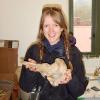











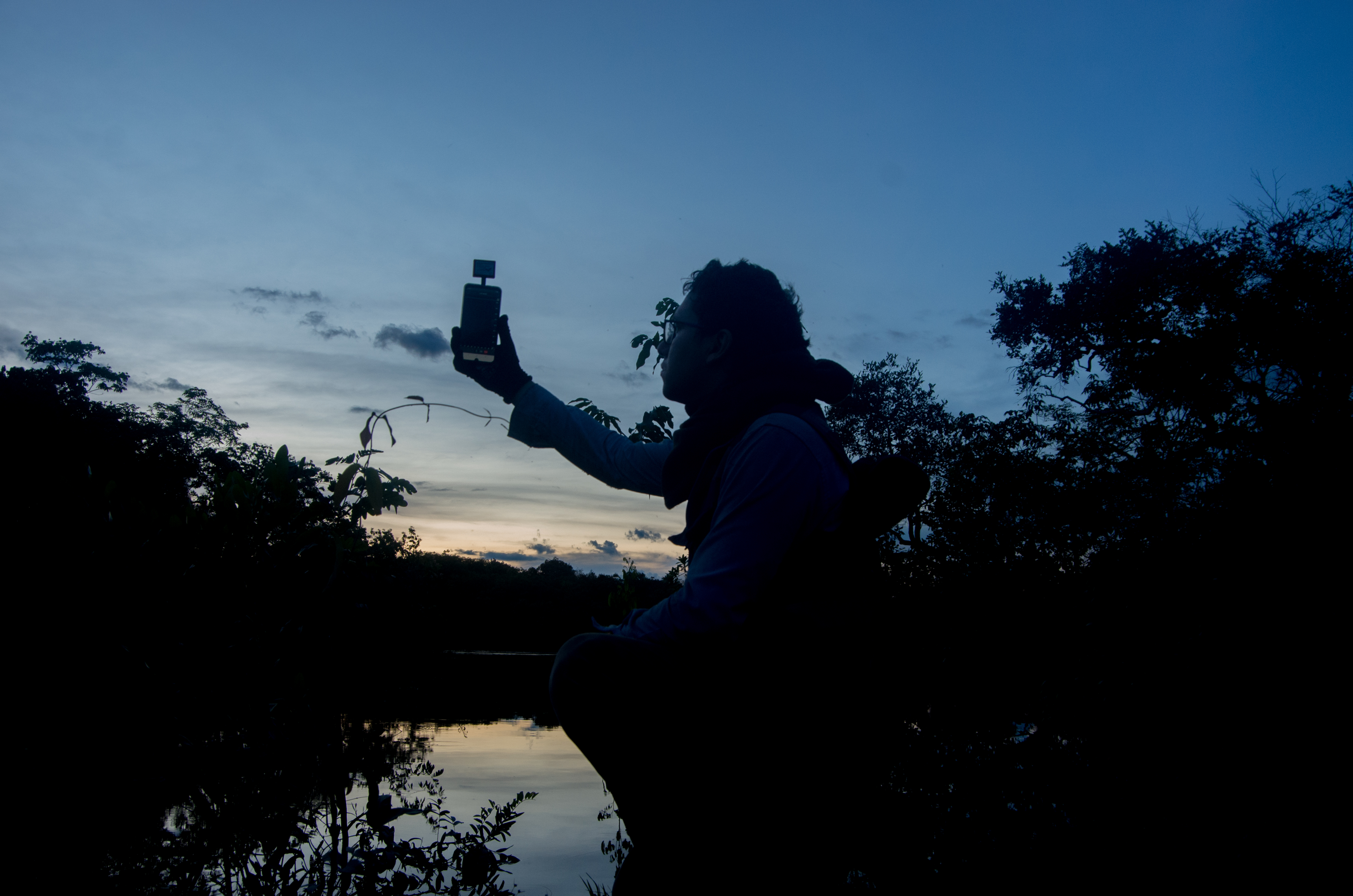

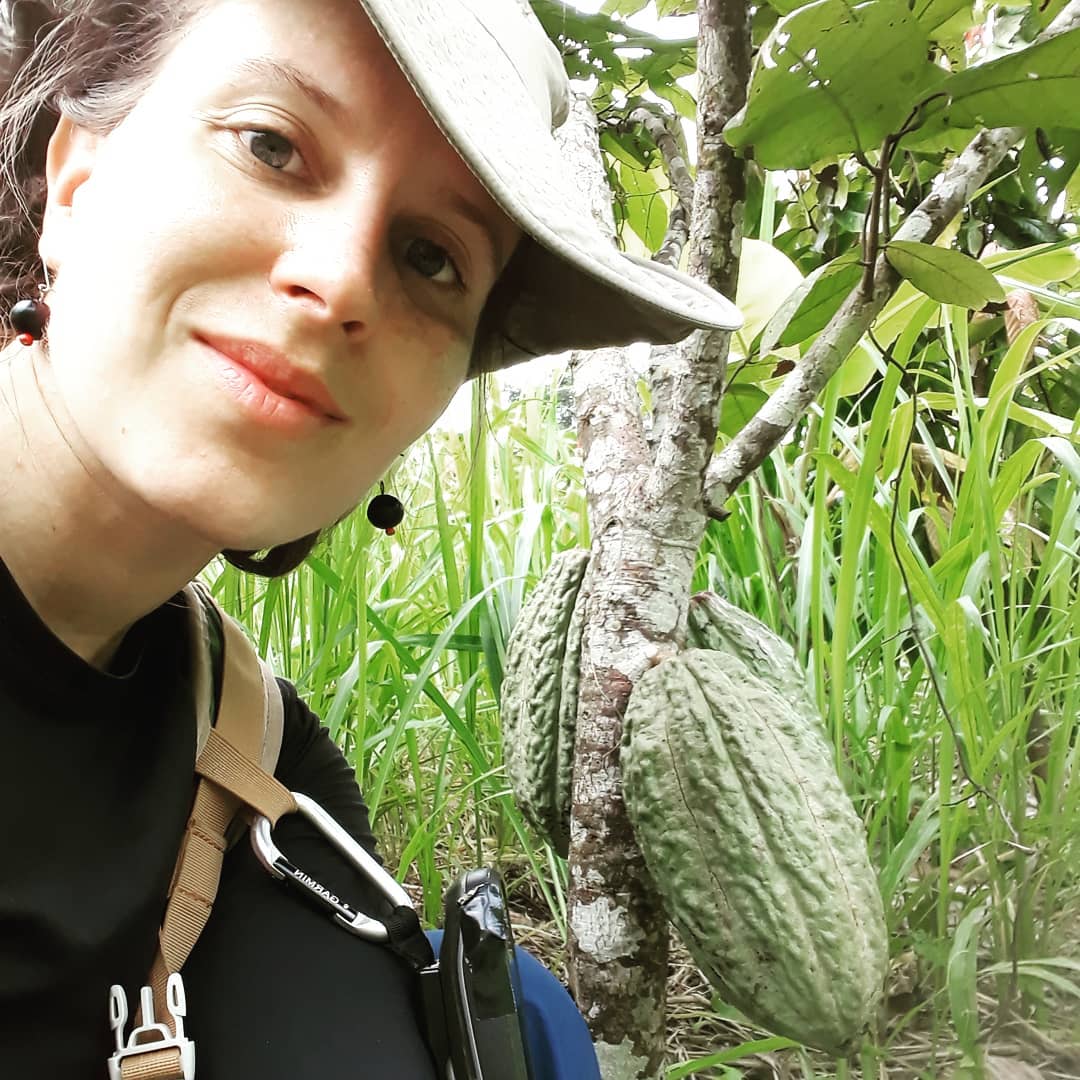























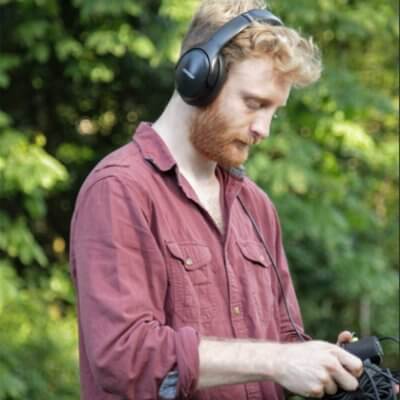




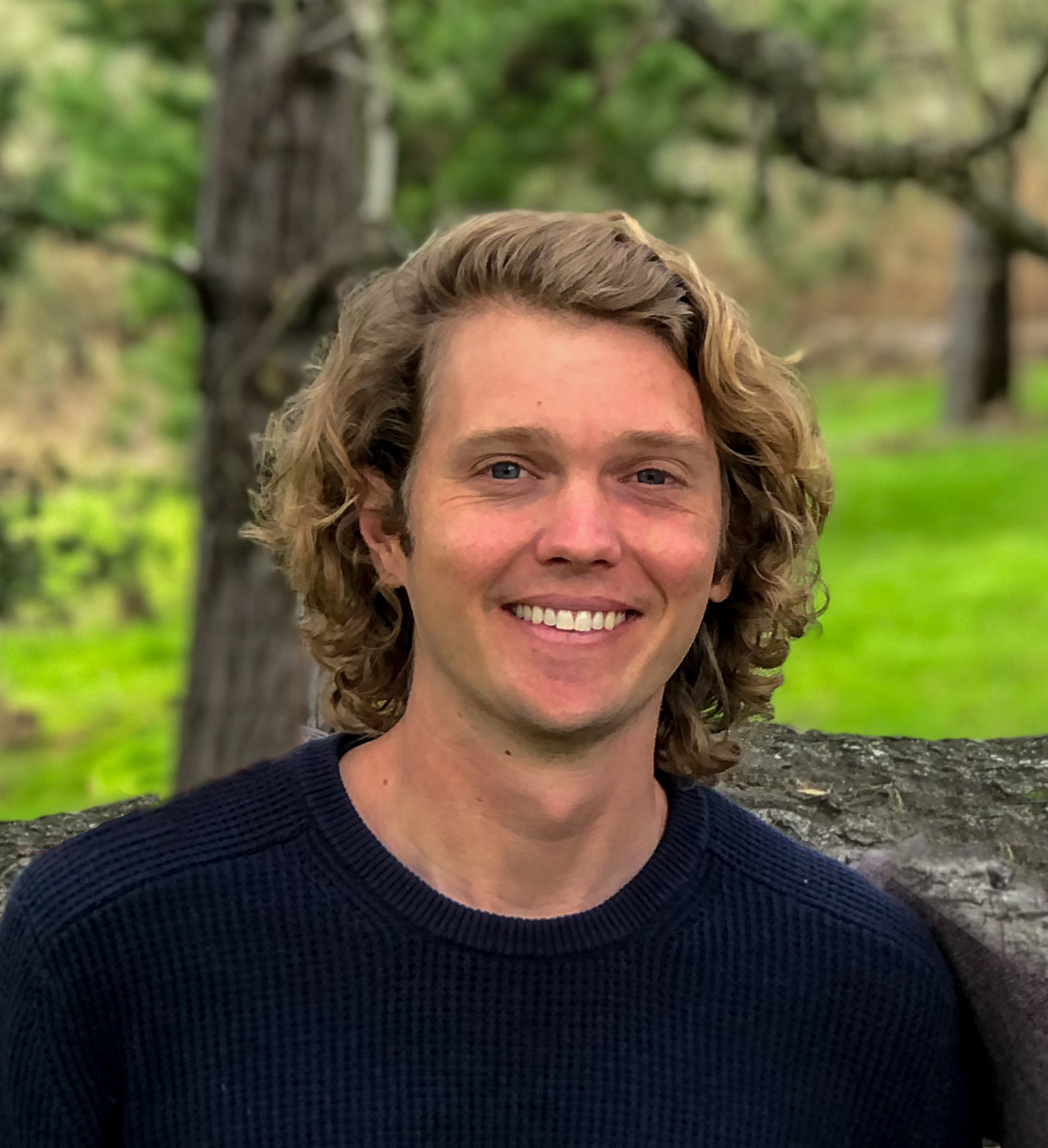
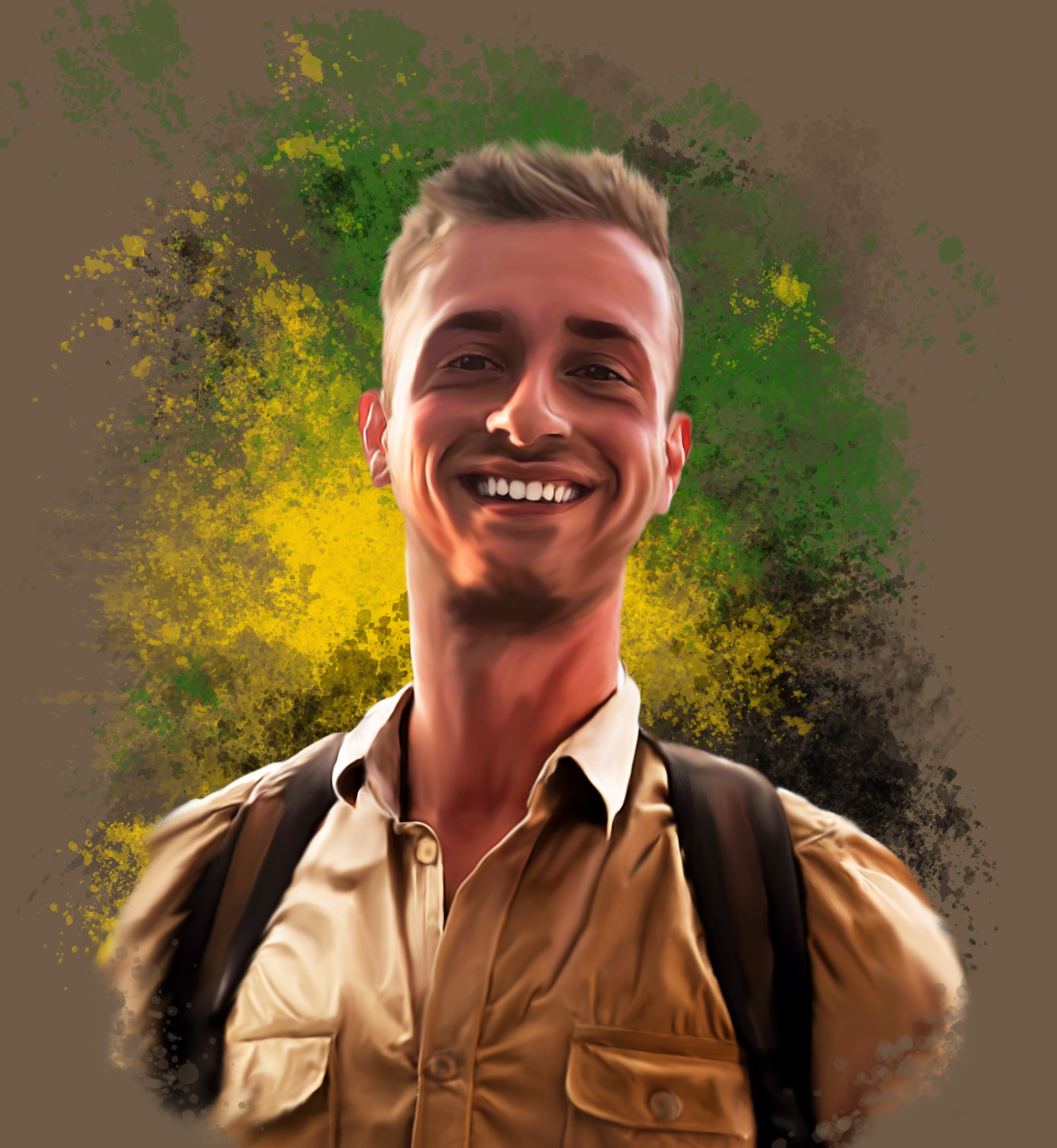














25 March 2024 11:39am
Ha - you're already in my thread, i've got your project in there, don't worry!
But it's more I don't want proof of concept early R&D type projects that are just destined for a paper or a hobby project, I want to hear about projects that have some plan for usability and scaling so that other people can take and implement them.